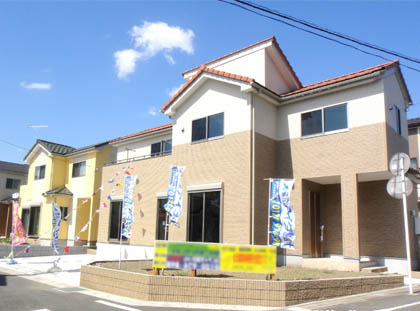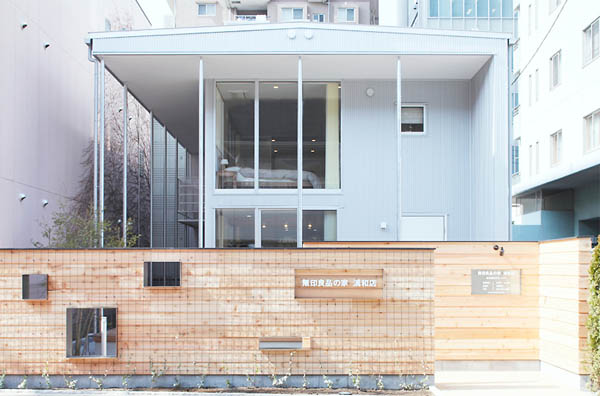Avoiding consumption tax increase too late for some
 It may already be too late for some buyers looking to build their own home before the planned consumption tax increase next year. A last minute rush by buyers nationwide and a shortage in land and building materials means that some buyers will miss out on the current 5% tax rate.
It may already be too late for some buyers looking to build their own home before the planned consumption tax increase next year. A last minute rush by buyers nationwide and a shortage in land and building materials means that some buyers will miss out on the current 5% tax rate.
A clause in construction contracts states that 'if the contract was signed at least 6 months prior to an increase in consumption tax, the tax rate applied at the time of hand-over will be the rate in effect at the time the contract was signed'. This means buyers must have their construction contracts signed before the end of September 2013 in order to lock-in the 5% consumption tax rate, otherwise they may be subject to the 8% rate which is scheduled to kick in on April 1, 2014.Read more
Muji Model House opened in Saitama

Japanese household and consumer retail giant, MUJI, has designed a model house in conjunction with home-builder Okawa. The display home was opened on April 1 in Urawa-ku, Saitama City.
The house was designed to be long-lasting and flexible, so that it can be easily changed to adapt to changes in family structure and lifestyle. By 2015, both companies are expecting to be able to supply 500 MUJI-style homes annually.Read more
Building Regulations in Japan
The following is a brief guide to some of the building regulations you will encounter when building a house in Japan.
Yosekiritsu
This is the building volume-to-land ratio and defines the maximum total floorspace allowed on a block of land. The ratio is expressed as a percentage, eg. 200%. In built-up areas in central Tokyo the Yosekiritsu is high, whereas in suburban and rural areas, the Yosekiritsu will be much smaller. The highest ratio in Tokyo is 1300% which applies to commercial land in the Yurakucho / Marunouchi area around Tokyo Station. Even still, there are buildings that exceed this ratio because they have borrowed air rights from neighboring blocks. Read more
